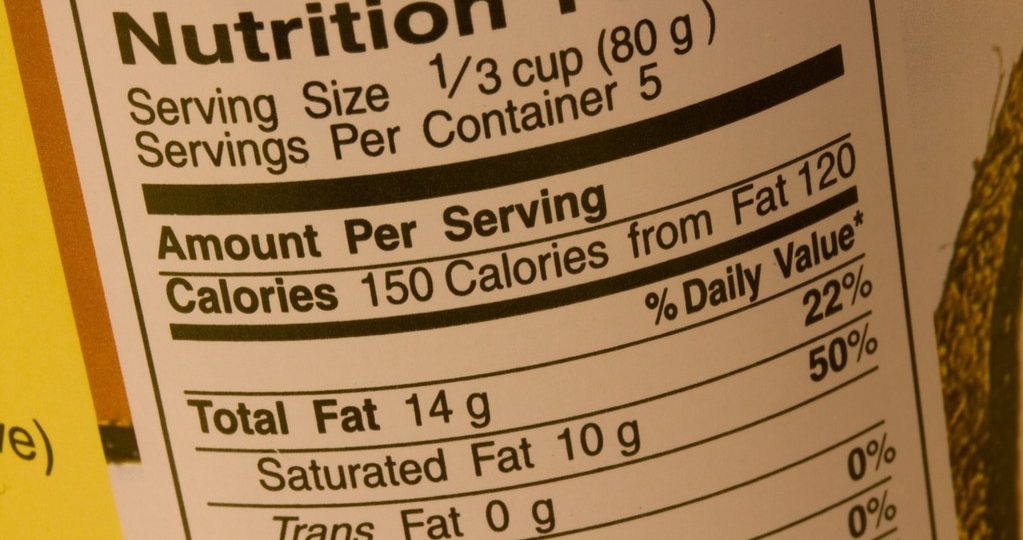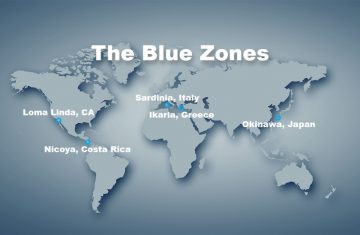It’s crucial to know how to identify whole foods and exercise awareness when choosing what to eat as you begin or advance your journey toward functional health.
Before you toss something in your basket or heat it up and take a bite, think about where the food came from and ask yourself:
- Is it possible for me to grow it?
- Can you visualize vegetables growing in the ground or an apple on a tree? Can you picture a tree full of marshmallows or potato chips? There are no trees to gather a bowl of cereal or streams from which to collect a cup of soda.
- How many ingredients are in it?
- If the food is whole, it will only include one ingredient: the food itself. Simple foods like fish, avocados, and bananas don’t require nutrition labels.
- What has happened to the food since it was harvested?
- Less processing is preferable, many of the things we eat today are nothing like what is found in nature. The items we eat are cleaned, purified, bleached and may be given a chemical injection. Today, foods have been stripped of their inherent life.
- Look at the ingredient list on the label; if something sounds foreign to you or you can’t picture it growing, don’t buy it, or better yet don’t eat it.
- Think about what you put in your basket, if it’s not something you can grow or prepare in your kitchen, you may not want to buy it.
- Ask yourself, is this product part of food, or is it the whole entity? Think of juice as an example. It is only part of a fruit, oil is only part of an olive, and low-fat milk is only part of milk. When you eat only part of a food, your body often craves the missing pieces.
Ok, the last topic to consider before you add the item to your cart, or put it in your mouth- How long has this food been known to nourish humans? Wow, that sounds like a deep topic to always be in front of your mind when grocery shopping or meal prepping, but if you consider, how long has this food, additive, or supplement been around, did it require FDA approval before consumers can purchase? If yes, I would say that item warrants caution, why? Because whole foods have been on our table for centuries with no FDA approval required.
Understanding nutrition labels is also important. They provide consumers with information on various dietary values, allowing them to make informed decisions about their diet and ensure they meet their nutritional needs while avoiding excessive intake of certain nutrients.
How to Read Nutrition Labels:
- Serving Size: The first thing on the label indicates the serving size and the number of servings per container. All the nutritional information on the label is based on this serving size. Be mindful if you eat more or less than the stated serving size, as you’ll need to adjust the numbers accordingly.
- Calories: Shows the total energy provided by one serving, measured in calories. Helps manage energy intake for weight maintenance, loss, or gain. The calorie count includes all sources (carbohydrates, protein, fat).
- Macronutrients: Includes Total Fat, Saturated Fat, and sometimes Trans Fat. Aim to limit saturated and trans fats to maintain heart health. Cholesterol is found in some labels; excessive intake can impact heart health. Sodium shows the salt content; high sodium intake is linked to hypertension. Carbohydrates include Total Carbohydrates, Dietary Fiber, and Sugars (sometimes added sugars are specified). Dietary fiber is essential for digestion, while added sugars should be limited. Protein is important for muscle repair, immune function, and more.
- Micronutrients: Lists vitamins and minerals like Vitamin D, Calcium, Iron, and Potassium. Helps ensure adequate intake of essential nutrients.
- % Daily Value (%DV): Indicates how much nutrients in a serving contributes to a daily diet based on a 2,000-calorie-per-day reference. 5% DV or less means low in a nutrient, while 20% DV or more means high in a nutrient. Helps assess if the product meets your nutritional needs (e.g., high in fiber, low in sodium).
- Ingredients List: A list of all ingredients in the product, listed in descending order by weight. Check for allergens, added sugars, artificial additives, or ingredients you’d like to avoid.
Tips for Using Nutrition Labels:
- Look for low sodium, added sugars, and saturated fat if you’re monitoring heart health.
- Choose products with high dietary fiber, vitamins, and minerals for overall health.
- Use the ingredient list to identify whole foods or additives.




